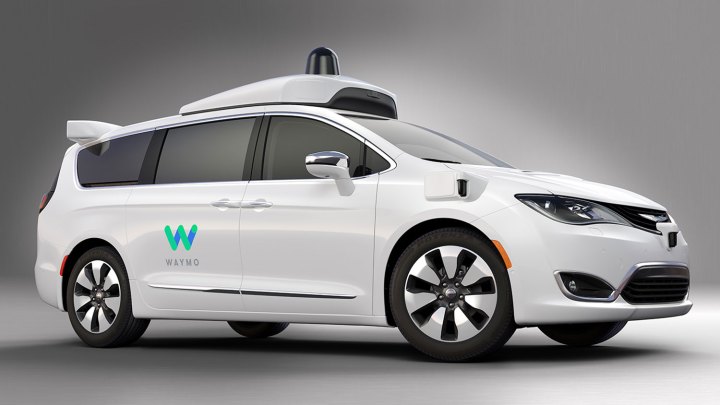
Fiat Chrysler Automobiles (FCA) is investing $30 million in a new research facility that will focus on autonomous-driving tech and driver-assist systems. The new facility will be located at FCA’s sprawling Chelsea Proving Grounds in southeastern Michigan.
The facility will include a highway-speed test track meant to replicate real-world driving conditions. The track will have “obstacles, tunnels, varying road lighting conditions, and interstate-style exit and entrance ramps,” according to FCA. The track will be used for testing self-driving cars. A separate 35-acre paved area will be used for testing driver-assist features for human-driven vehicles, such as autonomous emergency braking.
Testing will be overseen from a 6,500-square-foot command center, which will also house equipment for testing how vehicles communicate with their environment. Self-driving cars rely on GPS signals to determine where they are, so any interruption in that signal can be disastrous. Many companies are also testing so-called vehicle-to-vehicle (V2V) or vehicle-to-infrastructure (V2I) tech, which allows cars to communicate with each other and their surroundings in order to alert human drivers or, potentially, autonomous-driving systems of potential danger.
FCA will also use the facility to test its vehicles against third-party standards devised by organizations such as the Insurance Institute for Highway Safety (IIHS), U.S. National Highway Traffic Safety Administration (NHTSA), and European New Car Assessment Program (EuroNCAP). These organizations are responsible for crash-test ratings, but are also branching out into ratings for driver-assist systems. The IIHS, for example, currently rates tech for forward-collision avoidance.
The new facility will augment FCA’s existing Chelsea Proving Grounds, which opened in 1954. In its current form, the proving grounds cover nearly 4,000 acres and are staffed by about 900 people. The site has 100 miles of roads, plus off-road areas replicating famous trails like the Rubicon — perfect for testing new Jeeps.
So far, FCA’s self-driving car efforts have mostly consisted of supplying Chrysler Pacifica Hybrid minivans to Waymo. The Google spinoff had 600 of the minivans in its fleet as of May 2018 and has agreed to buy up to 62,000 more. Waymo has another agreement with Jaguar to buy up to 20,000 I-Pace electric crossovers. The massive fleet will support Waymo’s plans to launch a commercial ridesharing service using autonomous cars.


